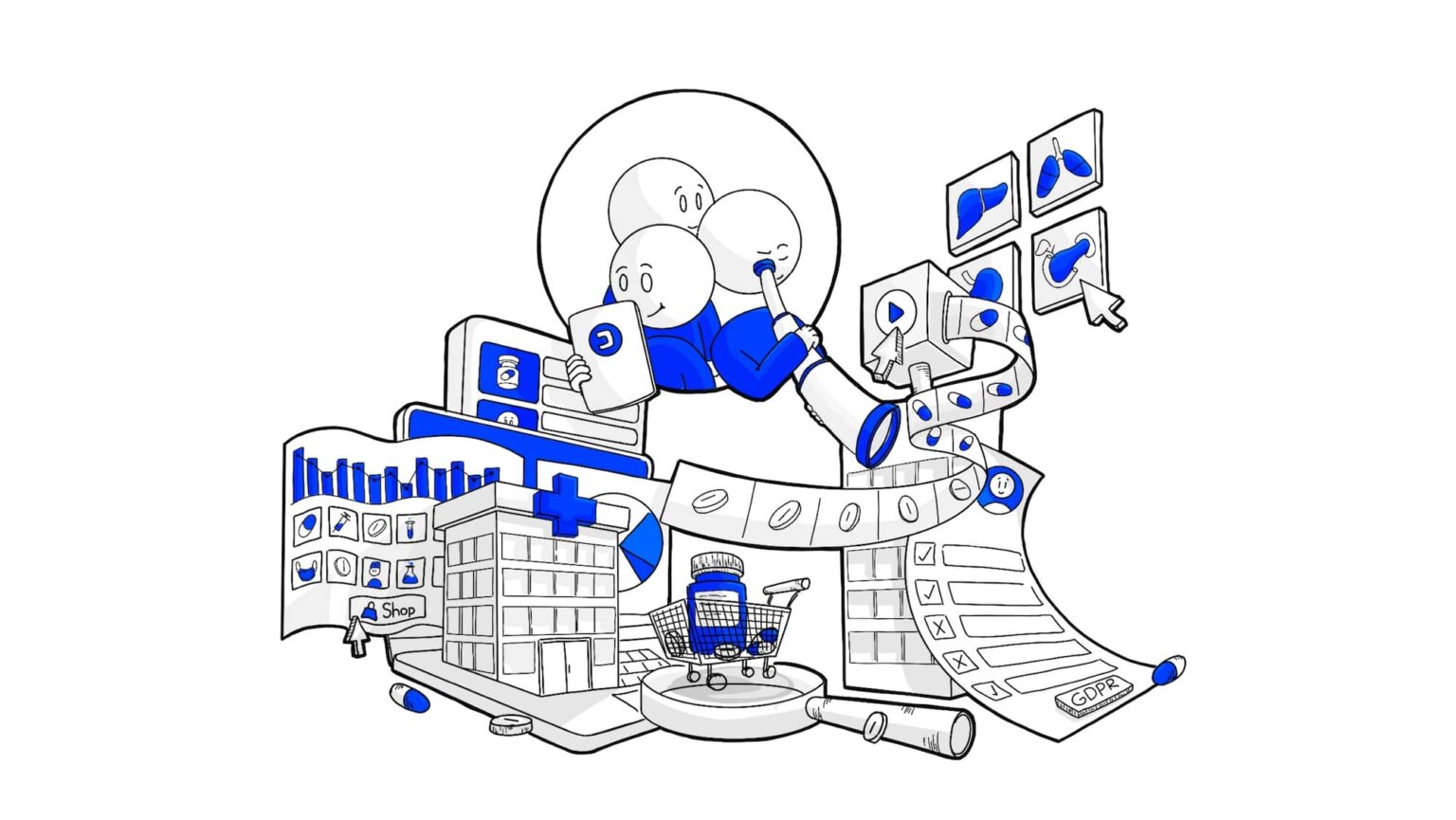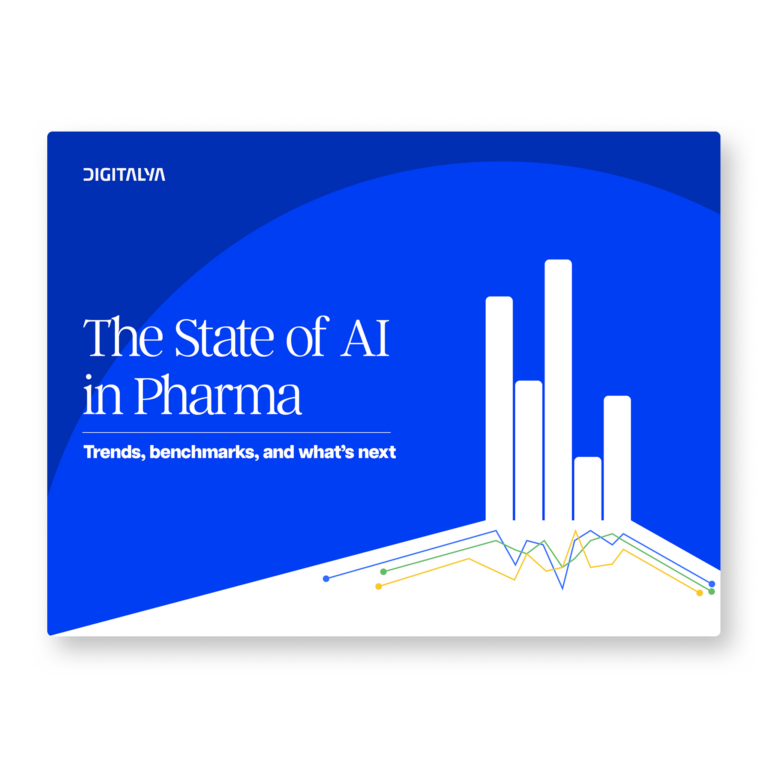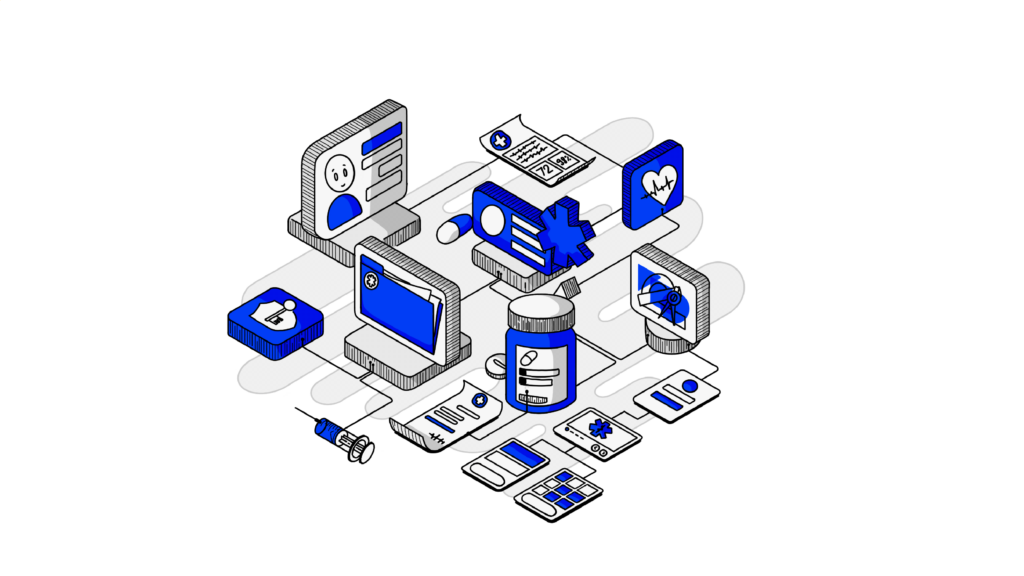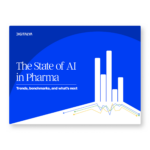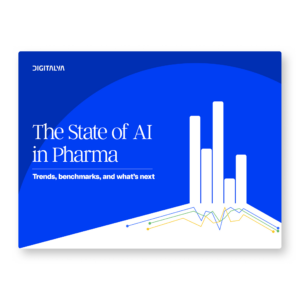Many pharma leaders now acknowledge that lessons from other industries can significantly boost digital HCP engagement. In conferences, webinars, and presentations, leaders often praise the superior customer experiences offered by sectors like entertainment, e-commerce, and customer service.
Whether it’s Netflix, Amazon, or Spotify, consumers interact with these brands daily and recognize the value of their seamless, customized experiences.
Pharmaceutical companies, however, are held to stricter compliance and regulatory standards. This often becomes an excuse to avoid pushing boundaries and borrowing innovative tactics from other industries.
Andrew Binns, Head of Digital and Innovation at AstraZeneca UK, interestingly said in the webinar Why HCPs Aren’t Engaging with your Portal — Can AI help?:
Andrew Binns, Head of Digital and Innovation at AstraZeneca UKWhat we really want is to give individual, unique, helpful, resonating experiences for each doctor and the more refined we get on that, the better the experience will be. That’s where the power of HCP portals are. But it’s a challenge, it’s tough. We’ve got so many issues within this sector that other sectors don’t have; things like compliance, the sign off process, which makes it incredibly difficult to create these individualized experiences if the MLR review process means they’ve got to see the content in situ. (…) That’s the world we live in, and it’s brilling and completely fantastic that we live in this very compliant world because we’ve got to be protective over everything that goes out into the world.
Before diving deeper, it’s important to have the same understanding of HCP preferences and behaviors.
Understanding HCP digital preferences and behaviors
Healthcare professionals (HCPs) are the backbone of the healthcare industry, and understanding their digital preferences and behaviors is crucial for effective engagement.
HCPs are busy professionals who require timely, relevant, and personalized information to make informed decisions about patient care.
They prefer to access digital channels for medical information, with 52% of physicians considering websites as essential and favor them as a source of information.
This reliance on digital tools underscores the need for pharma digital platforms to provide easily accessible, up-to-date, and relevant content that fits seamlessly into their workflow.
Adjusting to the target audience and their needs
To develop effective digital HCP engagement, it is essential to identify the target audience and their needs.
Primary care physicians may require different information and support compared to specialists.
At the same time, your region might have different needs and a unique digital landscape. It’s important to act according to your specific situation and the current tech stack available.
Focusing on HCP portals as the core of digital engagement
As digital natives continue to enter the healthcare workforce, the demand for innovative digital platforms will only increase. This new generation embraces and expects digital channels for accessing medical information, making it crucial for the pharmaceutical industry to invest in robust portal solutions.
Portals should serve as the central hub for digital HCP engagement, providing the resources and tools physicians need to enhance patient care.
Portals not only enhance the customer experience but also enable field medical teams to deliver timely and relevant information through digital touchpoints.
Portal are a great way for data collection, allowing for easier adaptation of digital engagement strategies.
As the core of digital HCP engagement, pharma portals must be intuitive, user-friendly, and capable of integrating with other digital channels to provide a cohesive and comprehensive experience.
Unfortunately, our recent audit of 28+ European and US portals revealed that many pharmaceutical brands lack in offering user-friendly experiences.
Let’s explore what other industries do well and how the pharma industry can get inspired to deliver an improved HCP customer experience.
Improved digital experiences on portals — learning from e-commerce
Amazon is the gold standard in e-commerce. Their intuitive navigation and hyper-personalized recommendation systems anticipate user needs and streamline the buying process, setting a high bar for customer engagement.
The area we’re going to explore today is the recommendation sections below each product description.
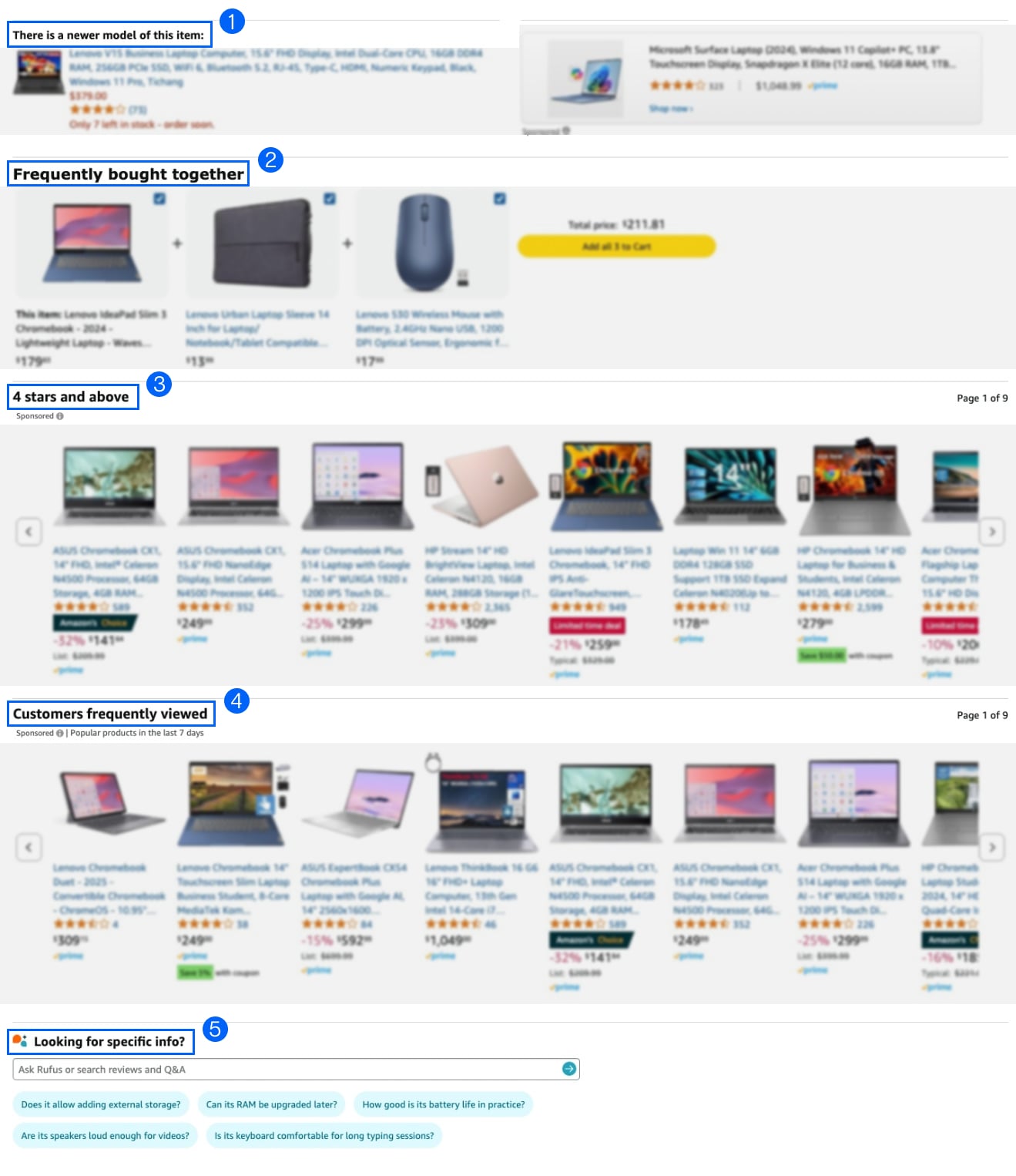
At first glance, you might think that there’s little compatibility with what pharma portals look like and the digital tools expected by physicians.
How e-commerce recommendations could work for healthcare professionals’ digital experience
Let’s think about an article that an HCP just finished reading on your portal. Here’s what an advanced content recommendation system can look like on your website:
- New Resource Alerts: Replace “There’s a newer model of this item” with “There’s a newer resource on this topic,” spotlighting recent studies, webinars, or updated guidelines.
- Complementary Content: Change “Frequently bought together” to “Frequently read together,” suggesting related resources that other doctors have found useful.
- Top-Rated Materials: Instead of “4 stars and above,” use “Top rated similar content” to highlight the best educational materials.
- Popular Content: Transform “Customers frequently viewed” into “HCPs frequently viewed,” using data-driven insights to showcase content relevant to each user.
Bonus: incorporating a “Looking for specific info?” section—similar to what Amazon does with its interactive search—can offer immediate answers via an AI-powered chatbot that will increase HCP satisfaction.
You can use a similar approach to address potential questions or concerns that doctors might have after reading your article.
An AI-powered search bar can allow for more suggestions to show depending on what’s searched.
These personalized recommendations can go even further. By using the browsing history, interactions, and other data points (for example, email interactions), you can offer a personalized recommendation system for your homepage.
Just as each refresh on Amazon.com changes the items based on past interactions, the same can be true for pharma portals — making it easier for people to restart from where they left off, dig deeper into similar topics, and uncover unseen content that might help them.
Studies confirm that 80% of consumers are more likely to do business with a company that offers a tailored experience. Plus, 90% find personalization very appealing.
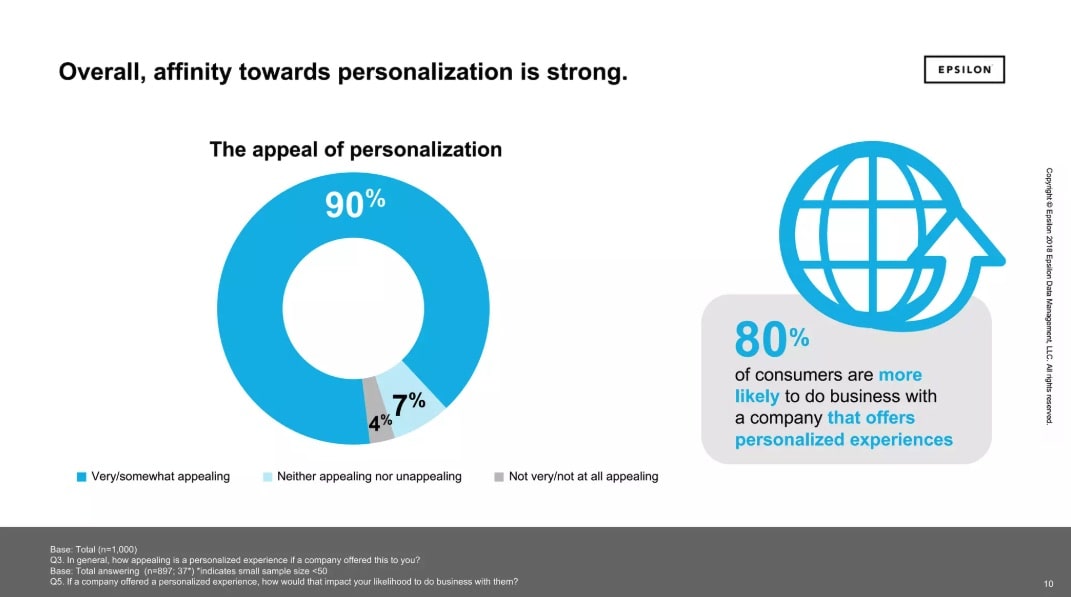
Using AI chatbots — lessons from customer service companies
The SaaS industry has perfected the art of ongoing support and digital engagement through AI-powered chatbots.
For example, Intercom’s Fin handles up to 87% of customer queries independently, with customers noticing double-digit gains in engagement.
Considering that 70% of HCPs say they’re interested in live chat functionalities, yet most portals completely lack this feature, exploring the benefits of AI chatbots can prove to be a great addition to the digital stack.
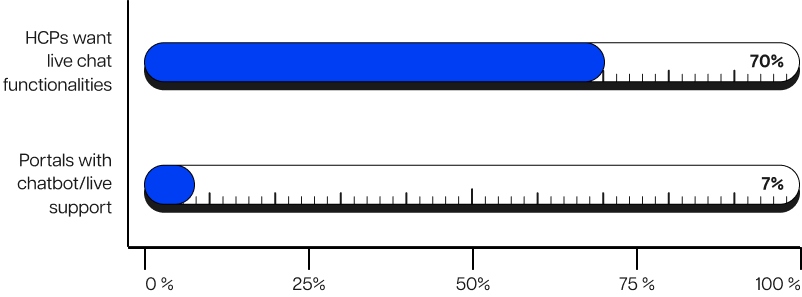
How AI-Powered chatbots can help in engaging healthcare professionals
- Instant support – AI chatbots can provide valuable insights and real-time answers to drug interaction queries, dosage calculations, and access to the latest studies.
- Content discoverability – AI chatbots can offer faster access to relevant content by allowing HCPs to search or ask using natural language.
- Data-driven personalization – Analyze user behavior to deliver more tailored content.
- Enhanced marketing results — Use chatbots to trigger timely feedback and share resources, complementing traditional communication methods like email, field medical teams visits, etc.
Other companies already see results.
Sephora’s Kik chatbot increased survey responses by 70% compared to emails. Getting feedback when someone is already interacting with your brand is easier than when you are interrupting their day-to-day.
The biggest fear with custom-made GenAI chatbots is regarding regulations. The solution is using machine learning and training the AI using your knowledge base to ensure accurate answers.
Moreover, such AI systems can adopt your brands’ tone of voice, adhere to policies, and even integrate with platforms like Veeva CRM to update HCP interactions—fueling further personalization and improving engaging HCPs effectively.
All of the data generated can then fuel the recommendations system inside your portals, leading to even more customized and unique digital experiences.
Interactive multimedia inspired by video streaming and OTC platforms
Netflix is often cited as a model for natural, seamless personalization, which can be highly beneficial for healthcare providers.
Andrew Binns, Head of Digital and Innovation at AstraZeneca UKNo one on planet Earth wakes up in the morning and thinks ‘I want to go to a pharma website and get a personalized experience.’ And likewise, I don’t go on to Netflix and think ‘This is an incredible personalized experience for me.’ What I do think is ‘This is brilliant, I’m seeing content that’s relevant and useful to me’ and that makes me a brand loyalist.
The insight here is clear: effective personalization doesn’t need to be overtly requested—it should simply work in the background. Healthcare professionals will appreciate a portal that intuitively adapts to their needs without demanding extra effort.
How interactive media can improve HCP engagement
1. Interactive videos
Perfect for educational content and explainers for new treatments — similar to Netflix’s interactive TV shows.
Portals are not doing great in meeting healthcare professionals’ demands on learning opportunities. In fact, just 30% of portals offer learning tools, while many HCPs demand it.
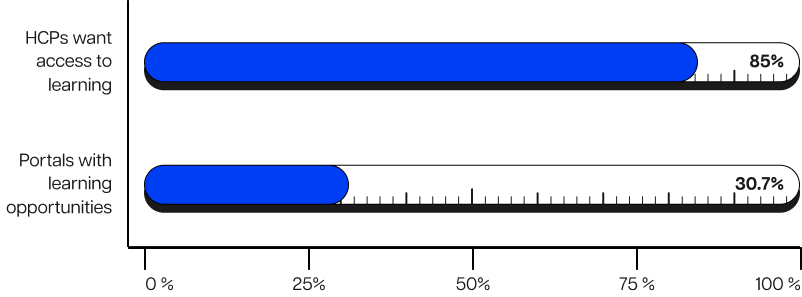
Adding interactive videos to the mix can be a great way to increase interactivity, engagement, and the chances of repeat visits.
Interactive videos can be used for non-acredited learning, webinars, or for transforming lengthy PDFs into easily digestible videos with chapters and quizzes.
2. Dosing and safety quizzes
These interactive tools are great for adapting classic documents and brochures into digital formats that better answer to the needs of HPCs (especially when they are low on time).
A good example is PfizerForAll’s migraine screener helps users determine their treatment eligibility through a simple interactive quiz. A similar approach can be used for HCPs looking to find resources.
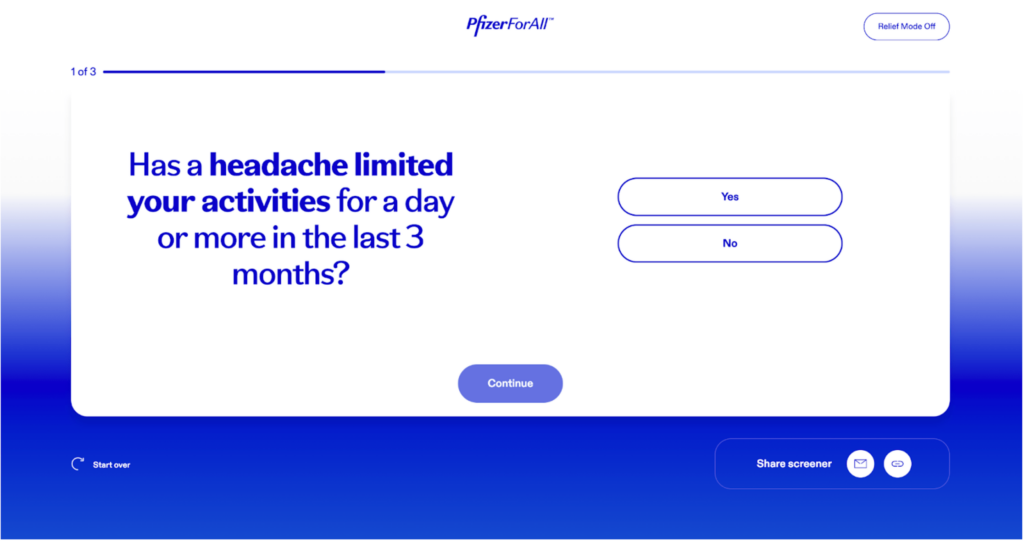
3. Patient resource generators using digital tools
Allow doctors to customize patient education materials with a few clicks, filtering content based on specific patient characteristics.
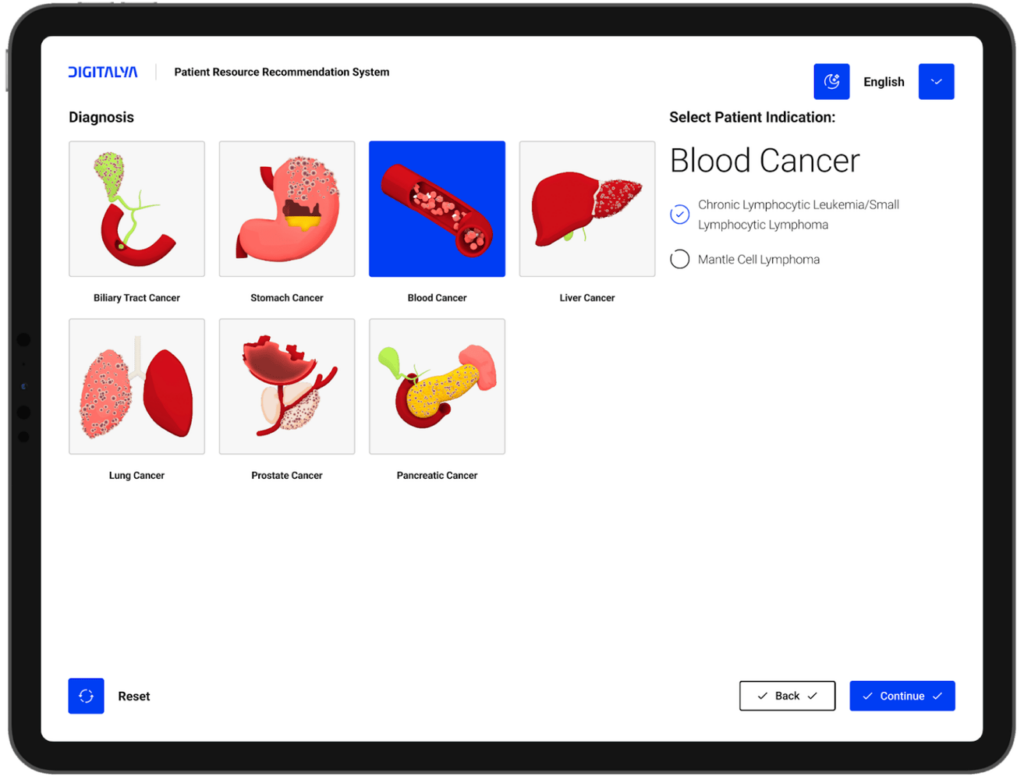
Frictionless onboarding — lessons from SaaS businesses
SaaS companies excel in user onboarding by minimizing friction. An effective onboarding process can boost customer retention by 50%, whereas poor onboarding can lead to a 40-60% dropout rate.
Rob Verheul, CEO of UI/UX agency Graphite Digital, commented on the challenge:
Rob Verheul, CEO, Graphite DigitalThe drop-off on registrations and logins is enormous, so we need to give value to people and reasons to log in.
Pharma portals often require lengthy registration forms—sometimes with 15+ fields. Many doctors will not go through the process unless the value proposition is exceptionally strong, which decreases you chances to reach HCPs effectively.
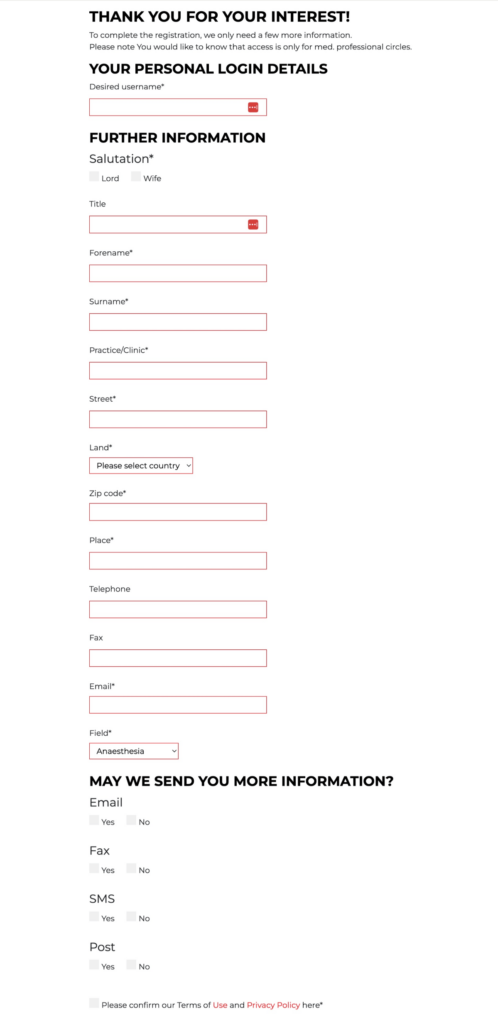
It should not be this way. The SaaS industry has experienced first hand that showcasing this form will lead to people dropping out.
Effective engagement strategies for simplifying the registration process
- Collect only necessary information: Eliminate unnecessary fields and request only the crucial details upfront.
- Offer Gradual Profile Building: Allow HCPs to enhance their profiles over time rather than all at once during registration.
- Integrate Interactive Elements: Use progress bars, checklists, and engaging questions to make the process more user-friendly.
Officevibe, for instance, uses interactive forms to encourage regular feedback, demonstrating how thoughtful design can make form completion process both efficient and enjoyable.
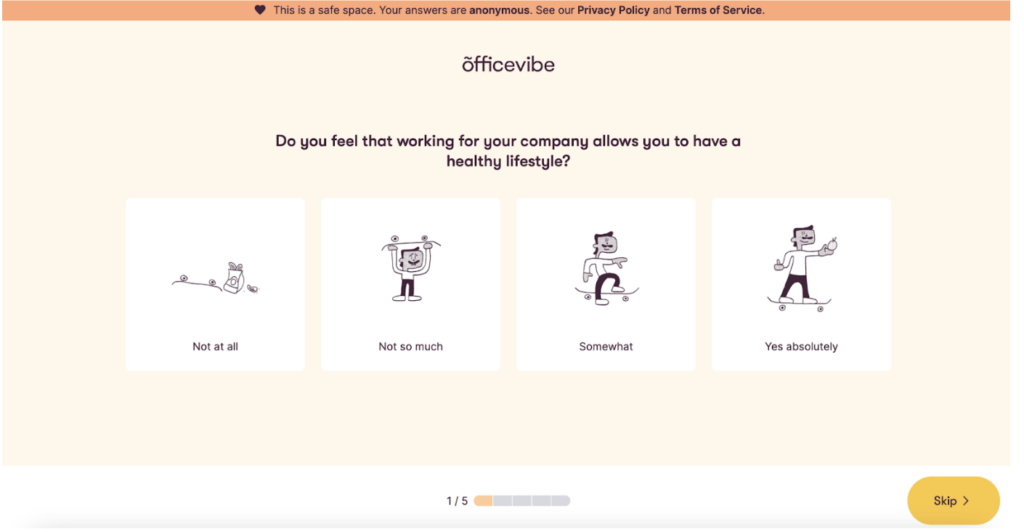
With this level of interactivity, the clever use of icons, graphic elements, and all sorts of interactive elements (sliders, checkboxes, etc.), pharmaceutical brands can increase the registration chances and make the entire process fun and less cumbersome.
Next step: leveraging data for personalized interactions
Data analysis is critical for developing these personalized HCP engagement strategies. By analyzing data on HCP behavior, preferences, and interactions, life science companies can gain valuable insights into their needs and develop an advanced omnichannel strategy.
Data can help identify patterns and trends in HCP behavior, such as their preferred channels of communication, topics of interest, and engagement patterns. Only when you have that information, you can personalize the experiences on multiple channels.
These data-driven insights enable pharma to create more personalized and effective digital HCP engagement.
Data analysis for HCP engagement
To create a working customer engagement strategy, you need to collect and analyze data from various sources, including digital channels, customer relationship management (CRM) systems, and market research. The data should be used to identify patterns and trends in HCP behavior, preferences, and interactions.
By leveraging data-driven insights, pharmaceutical marketing teams can create targeted engagement strategies that meet the specific needs of each HCP segment and can create more personalized and effective HCP engagement strategies that drive better outcomes for both medical practitioners and their patients.
Meeting HCPs where they are
No matter how much you gain insights, nothing works if you are not engaging HCPs on their preferred channels and at their convenience.
While the vast majority prefers digital channels, there are many who still want in person interactions or print materials. By engaging HCPs on their preferred channels, life science companies can increase the effectiveness of their engagement strategies and build stronger relationships with HCPs.
This approach not only enhances the overall engagement experience but also ensures that HCPs receive the information they need in the most convenient and accessible way possible.
By understanding healthcare professionals’ preferences and behaviors, leveraging data for personalized interactions, and developing omnichannel engagement strategies, life science companies can develop effective engagement strategies that meet the needs of HCPs and drive better patient outcomes.
What the future holds for the pharma digital landscape
The future of digital engagement is not just about integrating a few smart features—it’s about transforming the entire digital experience into a dynamic, responsive ecosystem that continuously evolves with the needs of healthcare professionals and the ever evolving healthcare landscape.
As we push the boundaries of what’s possible by borrowing technologies from industries like e-commerce, SaaS, and streaming services, we’re setting the stage for digital experiences to transition into offering adaptive environments that anticipate and respond to healthcare providers’ needs in real time.
Imagine a portal that predicts what doctors or nurse practitioners might need next—whether that’s new research vetted by medical affairs, insights from medical science liaisons, educational tools, or timely updates on regulatory changes.
This predictive capability could transform user engagement, lowering information overload, and turning every visit into an opportunity for discovery and professional growth.
Moreover, as digital health continues to gain prominence, the gap between regulatory requirements and innovative digital experiences is likely to narrow.
With improved frameworks for compliance and more sophisticated tools for content approval, pharma companies will be better equipped to experiment with creative digital solutions.
This evolution will empower pharma companies to create immersive platforms where engaging content, interactive media, and seamless onboarding coexist with rigorous standards of safety and privacy.
The journey is challenging, but as technology and regulatory environments evolve in tandem, the rewards will be a more connected, informed, and empowered healthcare community.
